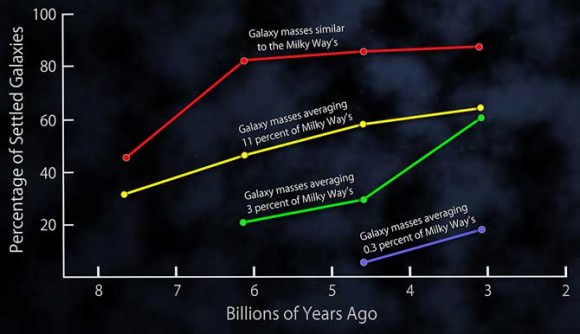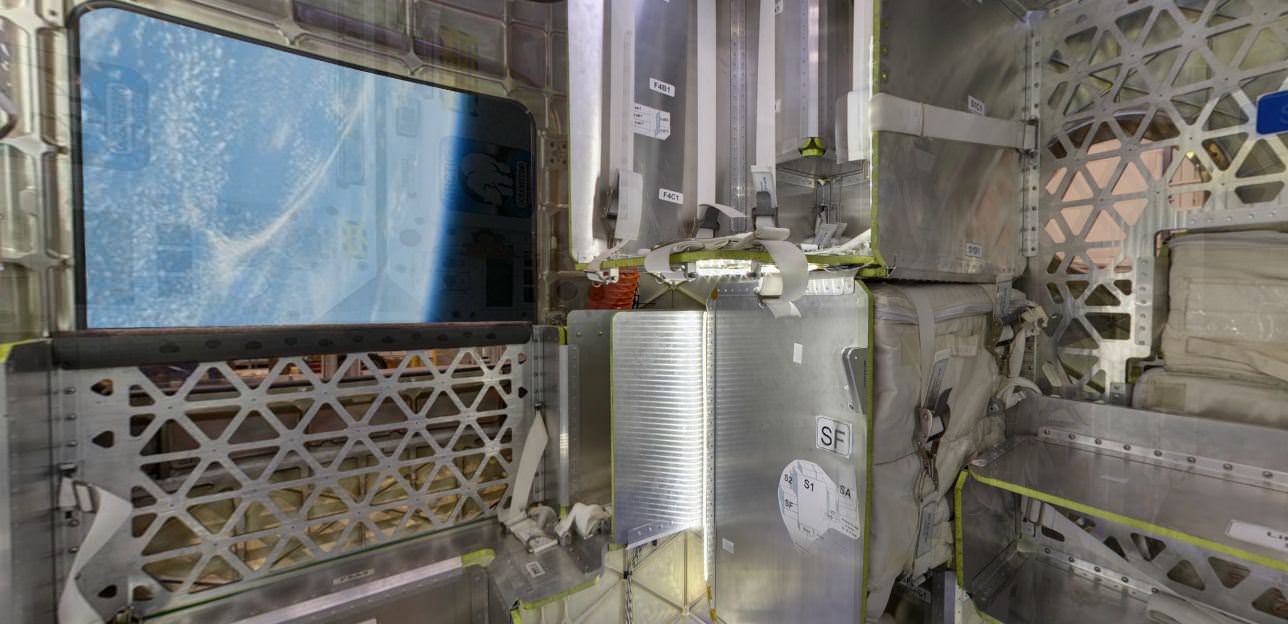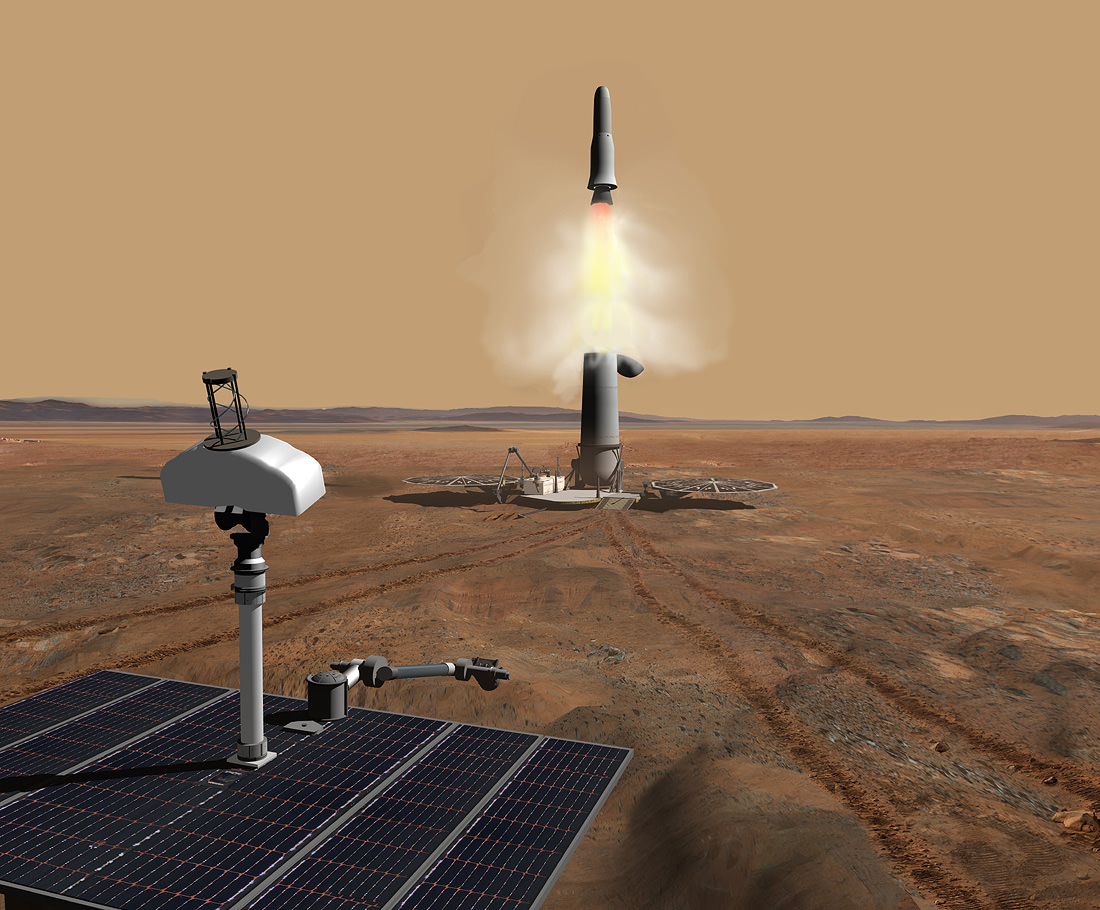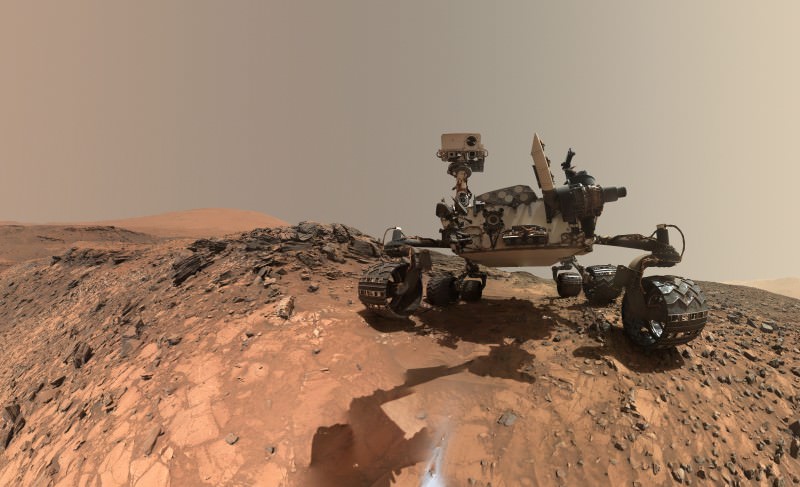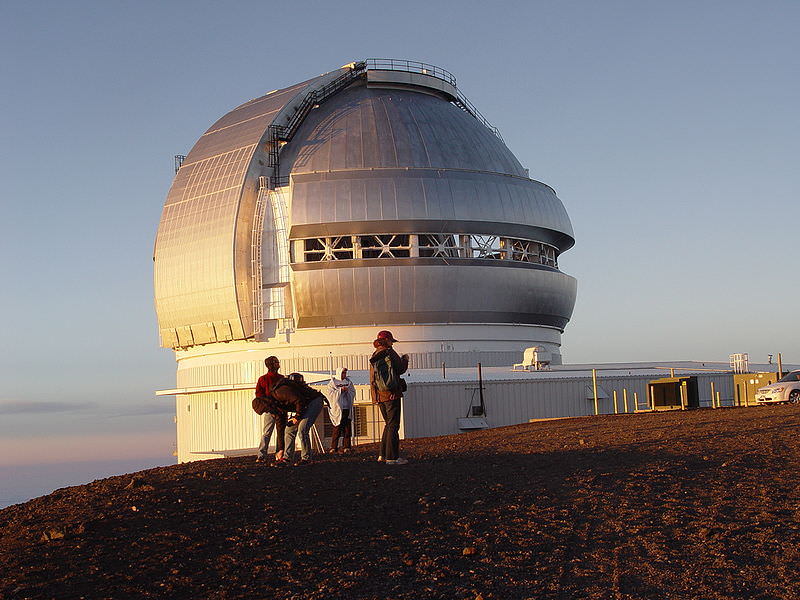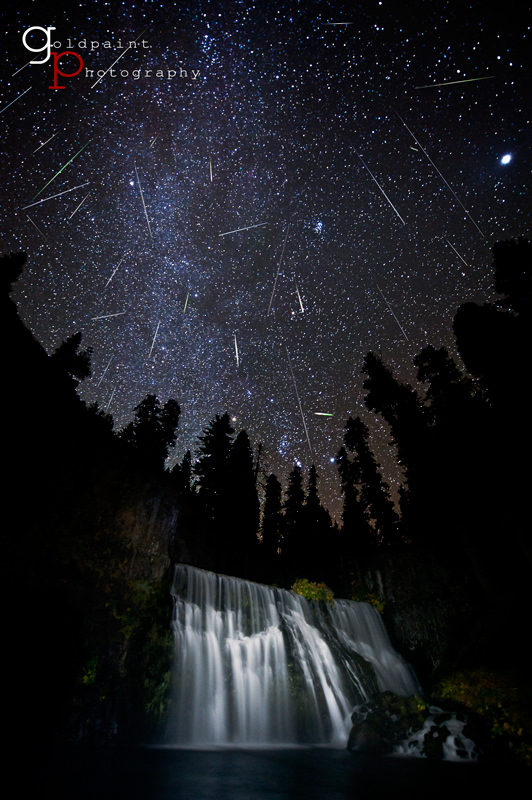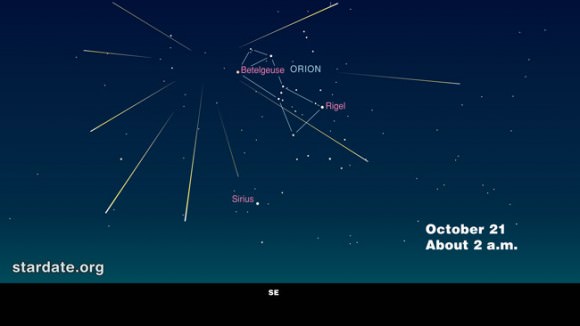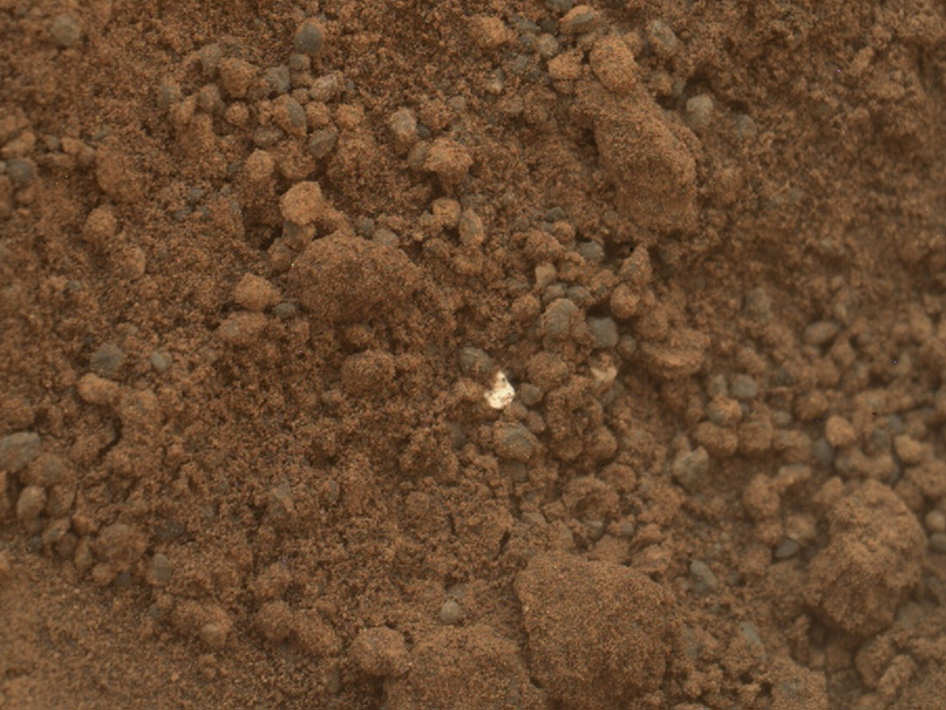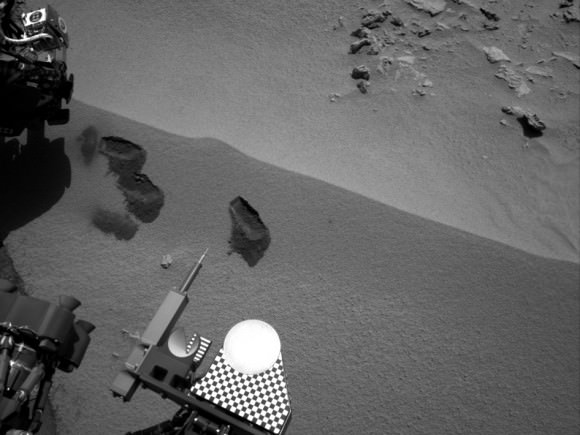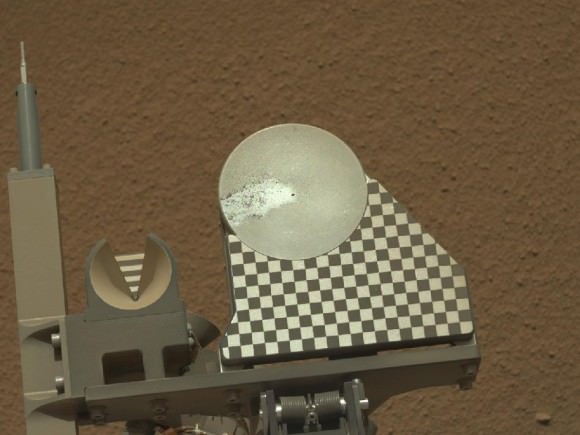Review written by Lois Merritt
Armchair astronomer alert! If you love looking at the images sent back by the spacecraft traveling throughout our solar system, Planetfall by Michael Benson is truly an amazing book, with extra-amazing pictures. The large 15 X 12 inch pages provide great, eye-popping views of some of the most spectacular images of the planets, moons, and other bodies that make up our cosmic neighborhood. Benson has a knack for picking out the ‘best of the best’ from our interplanetary robotic photographers.
Each section of the book starts off with an introduction, a brief look at the area of the solar system involved in that chapter, and the probes that visited them. At the end of the book, there are full captions of each picture, including complete descriptions of what it is you are looking at and what spacecraft took it. The sections are: Earth and the Moon, The Sun, Mars, Jupiter, Saturn and the Asteroids and Comets.
The pictures come from the the latest landers and probes that have launched since the start of the 21st century. This includes Spirit and Opportunity, Cassini, Messenger, Aqua, the ISS crews, Lunar Reconnaissance Orbiter, Solar Dynamics Observatory, among others. A space enthusiast might be familiar with some of these pictures from seeing them online, but to have them bound in a large size book, where they can be examined closely, and even pulled out in some cases, is one of the things I love about this book.
The images were compiled by Michael Benson, a writer, filmmaker, and photographer, who is no stranger to astronomical imagery. His previous books include book Far Out: A Space-Time Chronicle, and Beyond: Visions of the Interplanetary Probes, which include images from previous spacecraft and ground-based observatories.
On a personal note, the Mars section was my total and utter favorite, especially given the lot of super pictures from the rovers. However, I could be a bit biased on that, given Mars has always been my favorite…
This is a great collection of images, and paging through the book is a perfect way to transport yourself whenever you need to get away from it all.

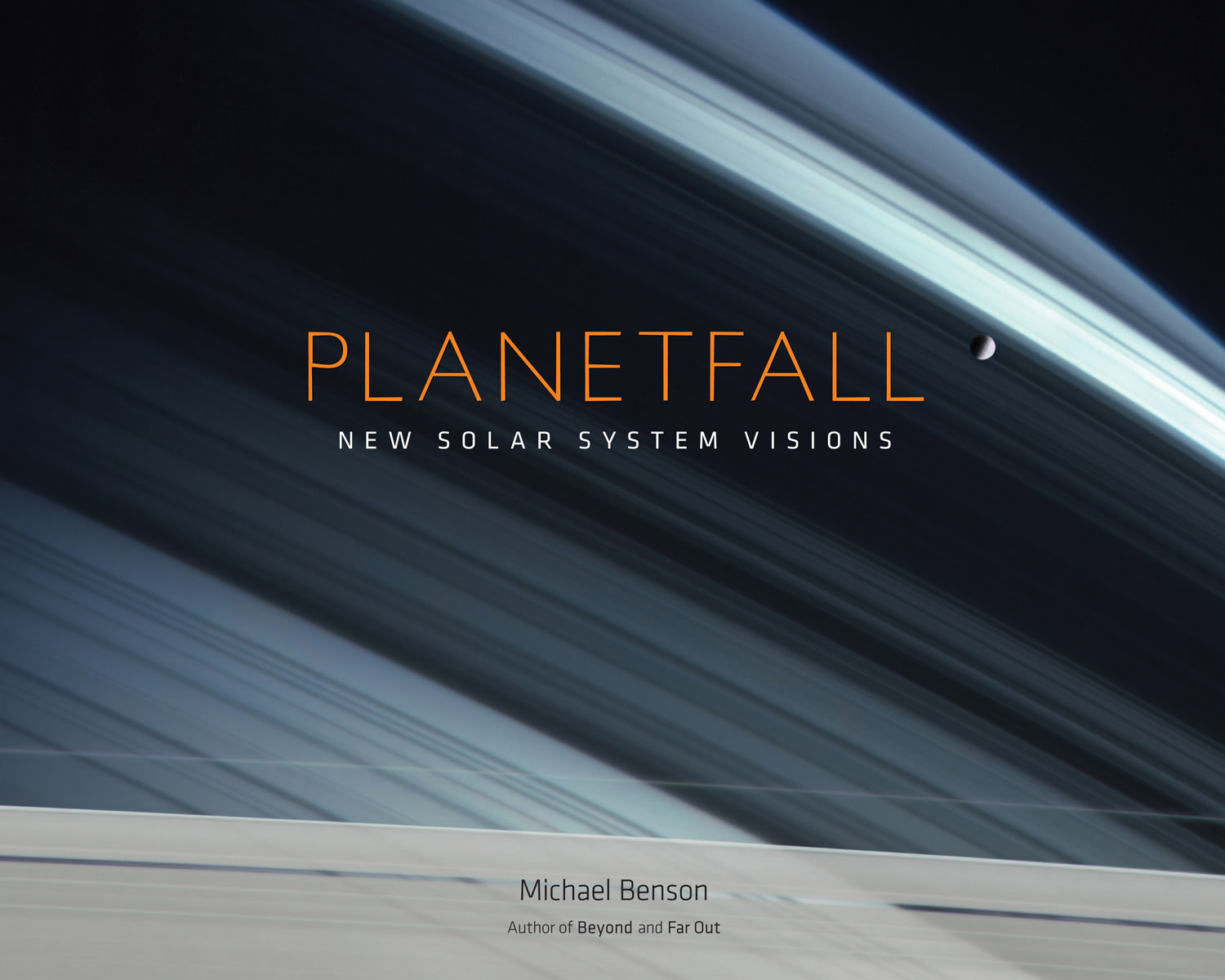
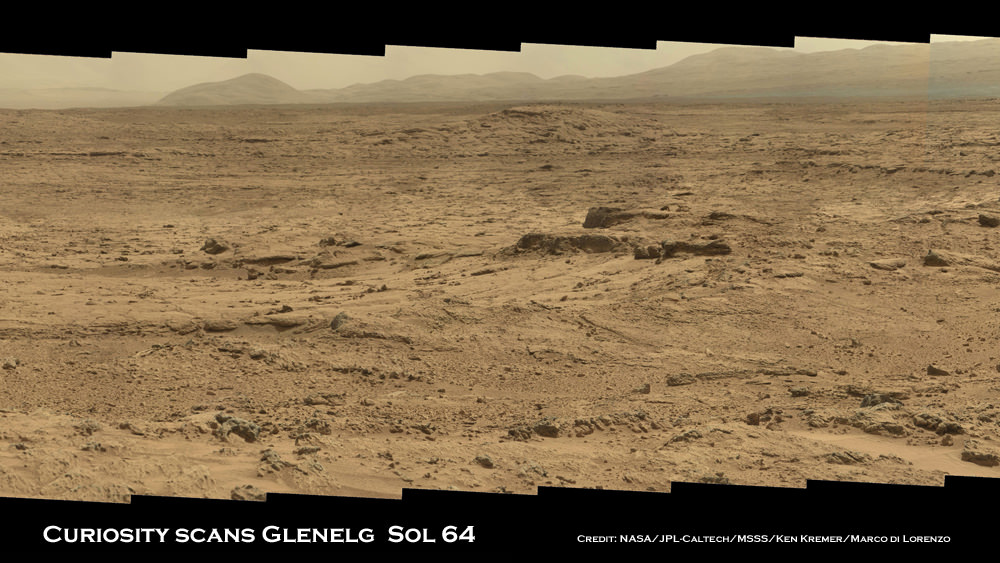


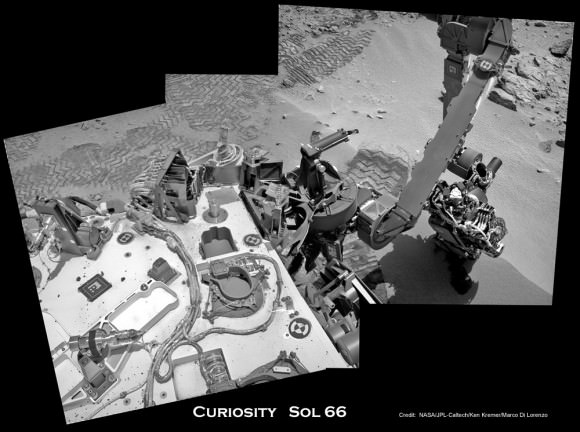
![698428main_Grotzinger-1pia16231-946[1]](https://www.universetoday.com/wp-content/uploads/2012/10/698428main_Grotzinger-1pia16231-9461-580x435.jpg)

